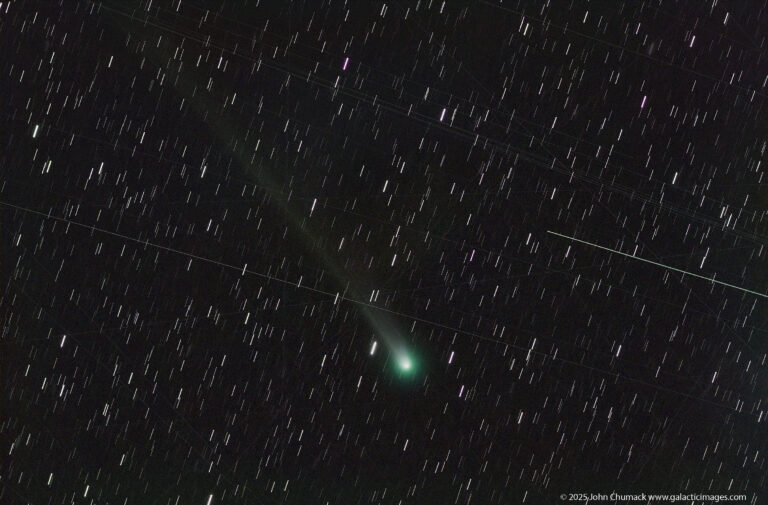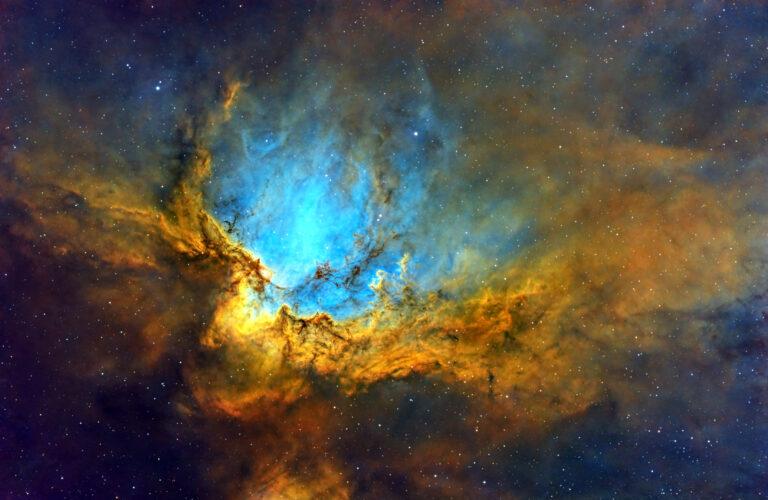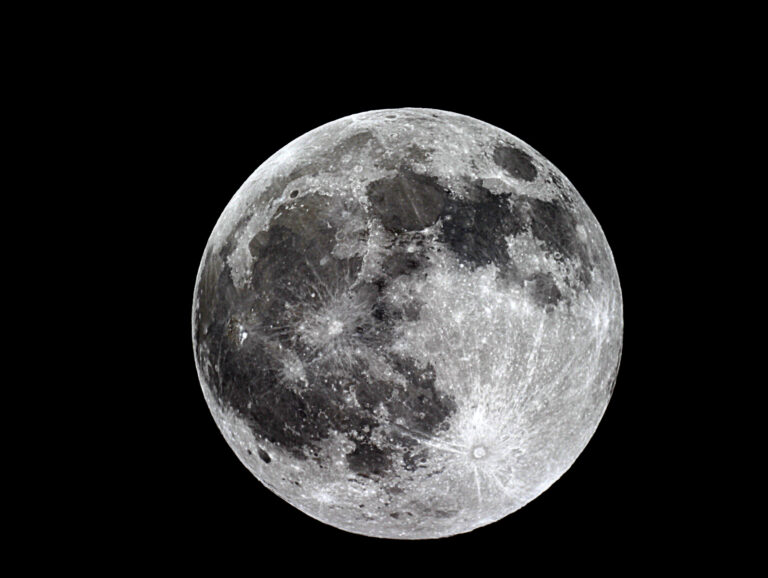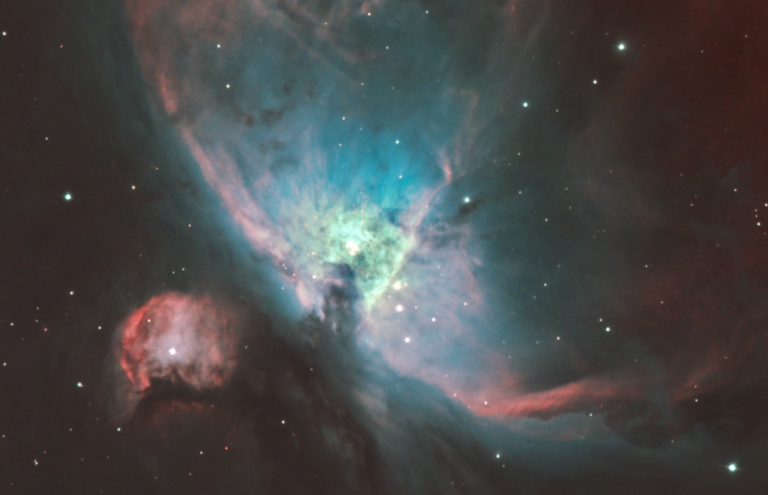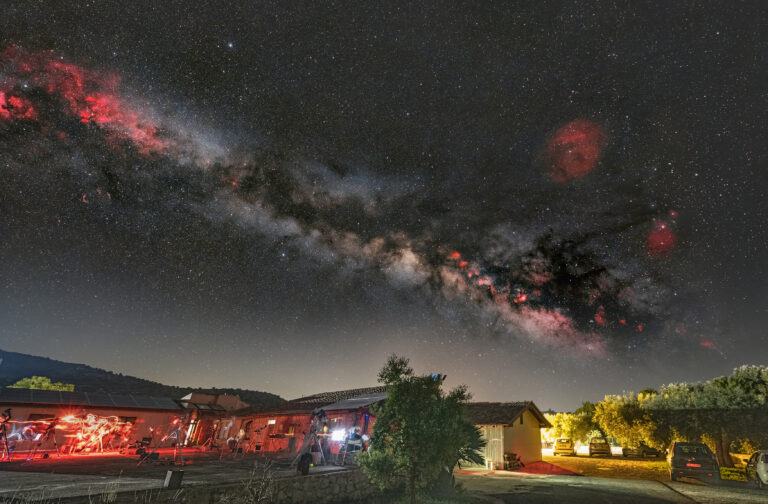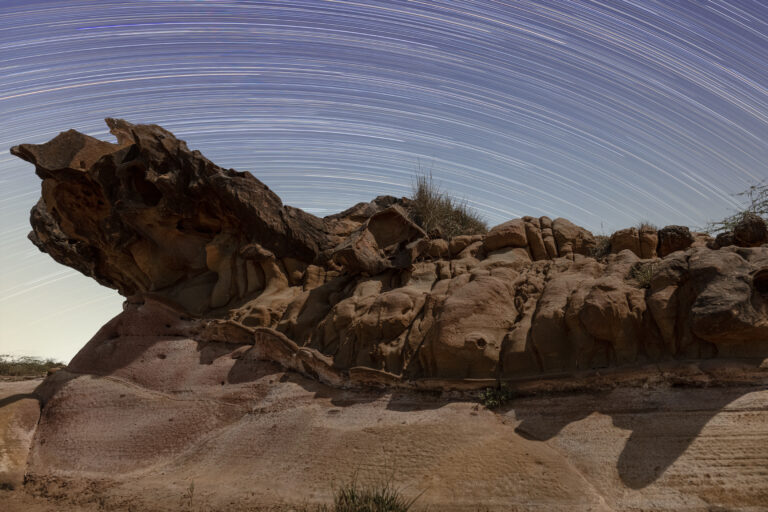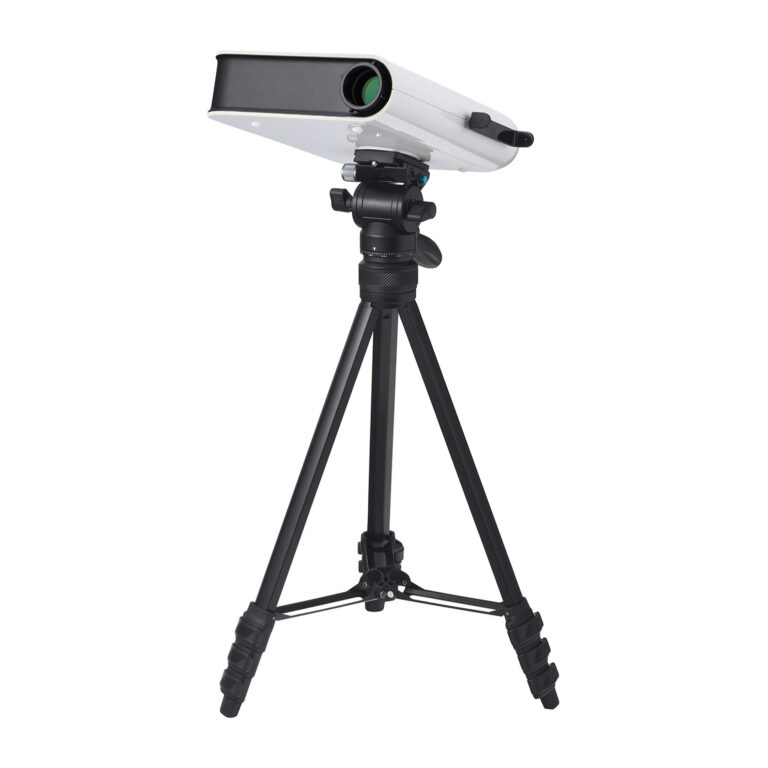Key Takeaways:
- The article promotes the creation of a personal astronomy logbook for recording observations.
- Suggested logbook components include observational date and time, sky conditions, utilized optical equipment, and descriptive notes.
- A three-ring binder with lined and unlined paper is proposed as a suitable logbook format.
- Downloadable astronomy observation forms are offered as an alternative to creating a custom logbook structure.
If you’re just getting started in backyard astronomy, you’ll want to set up a logbook of your own. To record and store your sketches and notes, try using a standard three-ring binder filled with alternating pages of lined and unlined paper.
What you include with each entry is up to you. It’s a good idea to accompany any sketch with the date and time of your observation, sky conditions, optical equipment used, and pertinent notes (location, ease of visibility, etc.).
If you don’t want to come up with your own format, just download and print a bunch of Astronomy‘s Official Observing Forms below. Start keeping an astronomy logbook now, and in time, you’ll have a treasured record to enjoy reading on those cloudy nights when you can’t observe.

